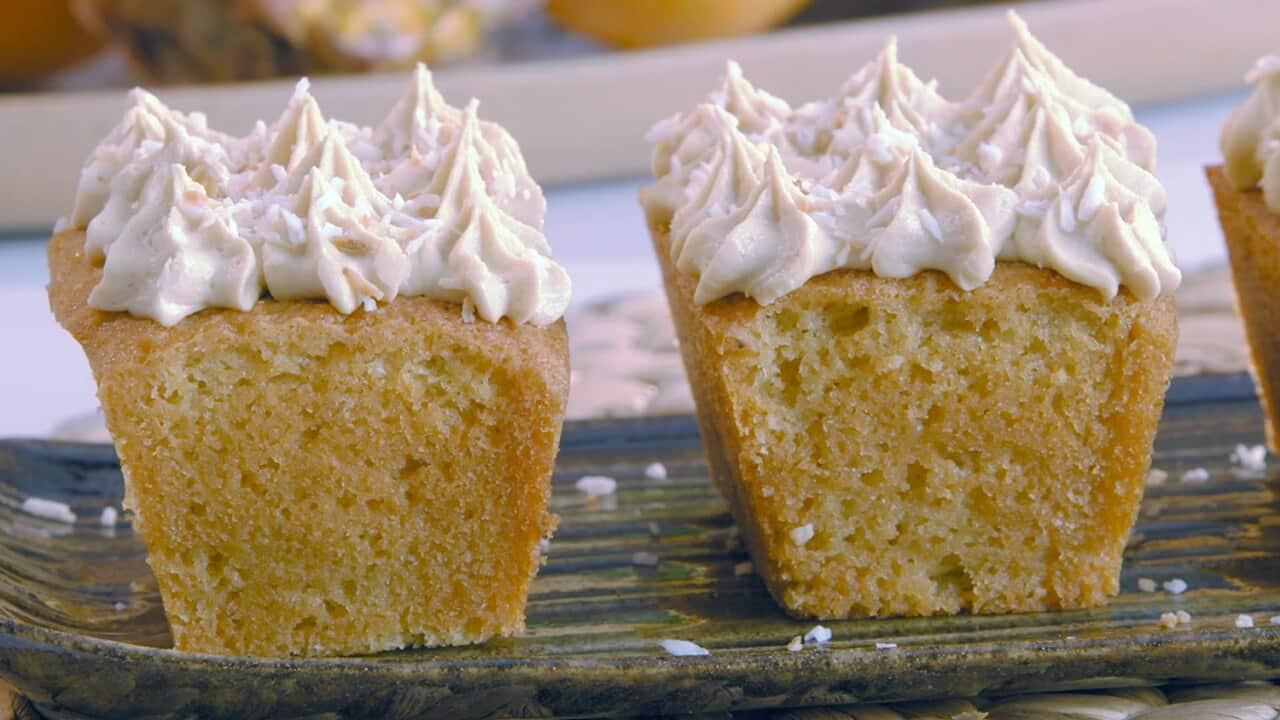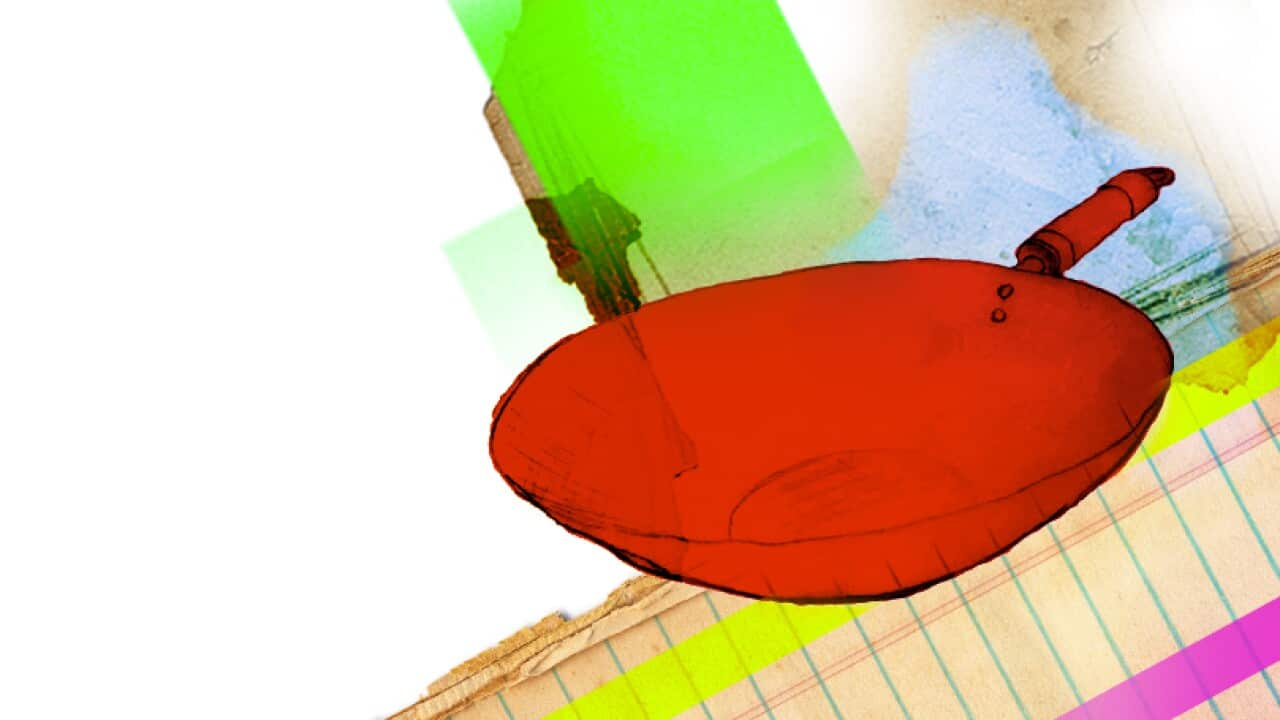Testing the boundaries of traditions is what new generations do best, and in China, the traditional mid-autumn festival mooncake is in the firing line.
There was a time when a mooncake was flaky, crusted, sweet or savoury, but never jellified or frozen.
In the 1980s, snow-skin varieties began to appear across Hong Kong and the Canton region; these require no baking and come in two main forms: glutinous rice or jelly. The former takes on the texture of mochi and is often called a ‘snowskin mooncake’.
“There are more styles of mooncakes nowadays,” says Dong Xing, digital producer at . “The fillings and flavors have more variety. For instance, you can find mochi filling, ice cream filling or even fruit.”
Durian and matcha flavouring, as well as lava-centered cakes don't go astray these days either.
“Consumers want to try new things and some big brands in the food industry want to expand their business in China. I still remember when Haagen-Dazs released its ice cream mooncake in Beijing about nine years ago, young people were crazy about it. It was truly a cool moon festival gift for your partner,” says Xing.
I still remember when Haagen-Dazs released its ice cream mooncake in Beijing about 9 years ago, young people were crazy about it.
The gifting of mooncakes holds a cultural significance during the annual mid-autumn festival in Asia, and signifies the full moon and family reunion in its round shape. The treat is so significant to the festival, which falls in spring in Australia, that the event is often referred to as ‘mooncake festival’ or ‘moon festival’.
New iterations of the cake have gone from ice cream to luxury item, with high-end fashion brands even cashing in on the tradition and gifting exclusive branded moon cake gift sets to their most valued customers.
a Starbucks coffee mooncake, McDonald’s mooncake sets, KFC-branded meat and pastry mooncakes, and a giant OREO mooncake.
Xing agrees that making mooncakes ‘cool’ is a positive step in keeping Chinese youth in touch with traditions. “Youngsters are keen to be creative and try new stuff and the moon festival is one of the most important cultural festivals for Chinese community. I think it would be a great start to treat them to a mooncake first and then tell stories of the festival.”
As for Xing, his favourite is still the traditional Cantonese-style lotus seed paste and egg yolk combination. “Some people prefer traditional mooncakes simply because they love the flavor,” he says.
Often these traditional Cantonese-style cakes are stuffed with a singular egg yolk, but can be bought stuffed with two, three, or four yolks, representing the four phases of the moon.
The traditional cake can be time-consuming and laborious to make, so they are often purchased in decorative boxes, ready to gift.
If you’d like to try your hand at home, the snowskin version (think mochi) is simpler to make ahead of moon festival.
Make it.

Snowskin mooncakes (banh deo)
A range of varieties can be purchased from select Asian supermarkets and bakeries.
For more Asian baking inspiration, watch Donal's Asian Baking Adventures with double episodes Sundays at 8.30pm on SBS Food (Channel 33) from Sunday 8 September, with streaming after broadcast on .
TREATS FROM ACROSS ASIA

Celebration: Mooncake day








